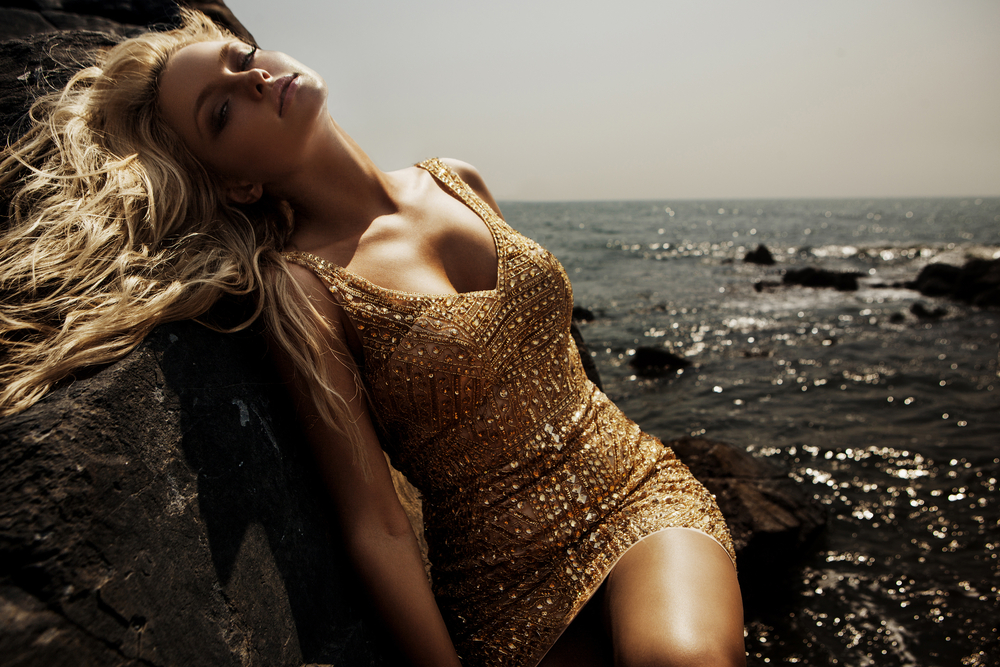
The Art of Modeling: Unveiling the Secrets Behind Captivating Runway Walks and Photoshoot Poses
The Art of Modeling: Unveiling the Secrets Behind Captivating Runway Walks and Photoshoot Poses
Being a successful model may seem like effortless perfection, but behind every iconic runway walk and mesmerizing photoshoot pose lies an art that is carefully crafted and perfected over time. Modeling is not just about being tall and beautiful; it is about mastering the techniques, body language, and expressions that capture the essence of a brand or concept. In this article, we will delve into the secrets behind captivating runway walks and photoshoot poses, unveiling the artistry that makes modeling a fascinating and captivating profession.
The Fundamentals of Modeling
Modeling is not just about walking or posing; it is about telling a story and conveying emotions through your body language and expressions. To start your modelling journey, it is crucial to understand the fundamentals of the art.
1. Confidence is key: Walking the runway or posing for a photoshoot demands confidence. Models exude a powerful aura that captivates the audience and viewers. Practicing self-confidence will help you showcase the clothes you are wearing or the products you are promoting with conviction and allure.
2. Posture and poise: Good posture is crucial for a captivating runway walk. Models maintain an upright posture with shoulders back, head held high, and an elongated neck. These small adjustments make a significant impact on their overall presence, highlighting elegance and grace.
3. Body language: Language speaks not only through words but also through body movements. Models are experts in using body language to convey different moods and emotions. Each pose or step has a purpose, whether it's a confident strut or a vulnerable glance.
The Runway Walk
The runway walk is the highlight of any fashion event, leaving a lasting impression on the audience. Some key elements to master for a captivating runway walk include:
1. Establishing a unique gait: Every model develops their signature walk, characterized by their body type, personality, and the brand they represent. It is crucial to master this personal touch to stand out among the crowd.
2. Maintaining a consistent pace: Keeping a consistent pace ensures that the audience can appreciate each garment or product showcased. Models transition smoothly from one outfit to another, allowing the viewers to absorb the details and craftsmanship.
3. Exuding confidence: Confidence is the key to a captivating runway walk. Walking with purpose and conviction, models engage with the audience through their body language and expressions, leaving a lasting impression.

The Photoshoot Poses
Photoshoots demand models to strike poses that convey emotions, highlight the product or clothing, and capture attention. Here are some tips for mastering impactful photoshoot poses:
1. Research and practice: Before a photoshoot, models study the brand, concept, and mood boards to understand the aesthetic and image desired. Experimenting with various poses in front of a mirror or with a photographer helps in perfecting the desired look.
2. Creating visual lines: Models utilize their body to create aesthetically pleasing lines that guide the viewer's gaze. By elongating limbs, arching the back, or tilting the head, models ensure the focus remains on the desired aspect, whether it's the clothing or product.
3. Expressing emotions: Models often need to evoke specific emotions through their gaze and facial expressions. Whether it's a playful smile, a mysterious glance, or a fierce attitude, the ability to express emotions authentically adds depth to the photoshoot.
Frequently Asked Questions
1. Q: What are the physical requirements to become a model?
A: While height and proportions are important in the fashion industry, different types of modeling have varying physical requirements. Commercial modeling, for instance, often focuses on a wider range of body types and facial features.
2. Q: Do I need professional training to become a model?
A: While professional training can help refine your skills and enhance your chances of success, it is not a strict requirement. Many successful models have started without formal training but honed their craft with experience.
3. Q: How do models prepare for runway walks or photoshoots?
A: Models prepare by practicing their walk or poses, studying the brand's aesthetic, and maintaining their physical fitness. Additionally, adequate rest, healthy eating, and skincare routines are essential for their overall appearance.
4. Q: How do models handle rejection in the industry?
A: Rejection is a common part of the modeling industry. Successful models learn from each experience and move on to the next opportunity. Developing resilience and maintaining a positive mindset are vital to navigate the ups and downs.
5. Q: Are there age limits to pursuing a modeling career?
A: The modeling industry embraces diversity and has opportunities for models of various age groups. While the majority of high-profile fashion shows tend to focus on younger models, there are ample opportunities for models of all ages in areas like commercial or mature modeling.
In conclusion, modeling is an art form that requires mastering various techniques, body language, and expressions to captivate audiences on the runway or in photoshoots. Confidence, posture, and body language are the fundamentals that underpin each captivating performance. Whether it is the uniqueness of the runway walk or the ability to strike impactful poses, models dedicate themselves to honing their skills, telling stories, and creating a mesmerizing visual experience for viewers around the world.
Other useful resources
- https://en.wikipedia.org/wiki/Modeling_agency
- https://en.wikipedia.org/wiki/Category:Modeling_(profession)
- https://en.wikipedia.org/wiki/Category:Models_by_modeling_agency